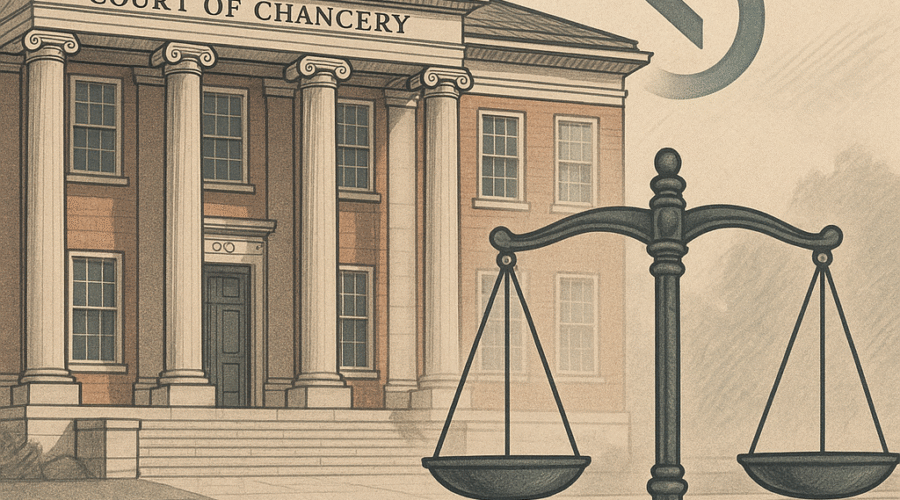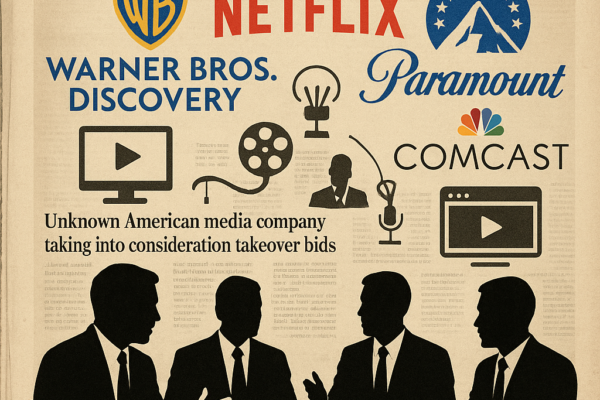The Delaware Court of Chancery’s January 2022 decision in Wei v. Zoox, Inc. represents a pivotal moment in corporate governance jurisprudence, balancing shareholder rights with protections against litigation abuse. Chancellor Kathaleen McCormick’s ruling preserved breach of fiduciary duty claims against Zoox directors while dismissing Amazon from the $1.3 billion merger suit, establishing critical precedents for discovery limitations in appraisal proceedings. This comprehensive analysis examines the legal, operational, and market implications of the case through the lens of M&A strategy, autonomous vehicle industry dynamics, and evolving shareholder activism frameworks.
💼 Seasoned CorpDev / M&A / PE expertise
Legal Architecture of the Zoox-Amazon Transaction
Transaction Timeline and Structural Considerations
Amazon’s June 2020 acquisition of autonomous vehicle startup Zoox occurred against the backdrop of pandemic-driven market volatility, with the $1.3 billion deal structured as a stock-for-stock merger[1][12]. The transaction provided liquidity to preferred stockholders and noteholders while leaving common stockholders with minimal consideration – a key contention in subsequent litigation[52]. Zoox’s status as a private company proved consequential, as the rapid merger timeline (21 days from signing to close) prevented shareholders from completing Section 220 books-and-records demands pre-closing[2][8].
Shareholder Litigation Pathways
Petitioners initially pursued parallel strategies under DGCL Sections 220 (inspection) and 262 (appraisal), withdrawing 95% of their shares from appraisal to preserve standing for fiduciary claims[2][38]. The Court observed this created an “economically irrational” position – maintaining appraisal rights for just 2,000 shares worth $2,000 while seeking discovery worth $50,000+ in production costs[38][44]. This tactical maneuvering informed the Court’s eventual discovery limitations.
Fiduciary Duty Analysis and Director Liability
Surviving Claims Against Zoox Leadership
The Court sustained claims against six directors and two officers, finding plausible allegations of conflicted decision-making[1][52]. Key issues included:
- Post-merger employment retention packages for CEO Aicha Evans and CTO Jesse Levinson[52]
- Alleged exploitation of pandemic conditions to depress valuation[4][18]
- Preferential treatment of debt holders over common stockholders[12][44]
Amazon’s Dismissal and Aiding-and-Abetting Threshold
Chancery dismissed claims against Amazon, finding insufficient evidence that the acquirer knowingly exploited director conflicts[52]. This reinforces Delaware’s high bar for third-party liability in control transactions, requiring plaintiffs to demonstrate both fiduciary breach and the buyer’s active participation in wrongdoing[12][32].
Discovery Limitations and Litigation Strategy Implications
Section 220 vs. Appraisal Discovery Rights
The Court’s protective order marked a watershed in balancing DGCL mechanisms, limiting appraisal discovery to Section 220 standards when petitioners’ primary purpose is fiduciary investigation[2][44]. Key considerations included:
- Prevention of appraisal proceedings becoming “supercharged Section 220 actions”[38]
- Preservation of Section 220’s role as primary pre-suit investigation tool[8][18]
- Recognition of private companies’ unique timing challenges in merger disclosures[44][51]
Post-Merger Operational Challenges and Governance Impacts
Autonomous Vehicle Safety Scrutiny
Zoox’s 2025 NHTSA recall of 270 vehicles following Las Vegas collisions[17][25] and ongoing California DMV investigations[7] have raised questions about merger due diligence. Plaintiffs may argue these post-closing issues reflect pre-existing operational risks inadequately disclosed during merger negotiations[26][30].
Workforce Management Controversies
The high-profile legal battle with former engineer Cristina Navarro over encrypted data[3][26] highlights cultural integration challenges under Amazon ownership. Such incidents may factor into future fiduciary duty analyses regarding workforce management in tech acquisitions.
Broader Market Implications
M&A Structuring Considerations
Deal architects should note the Court’s emphasis on:
- Enhanced disclosure requirements for conflicted directors[52]
- Timing of merger votes relative to Section 220 windows[8][44]
- Documentation of pandemic-related valuation impacts[4][18]
Shareholder Activism Trends
The ruling may catalyze new approaches to private company investments:
- Increased use of contingent appraisal rights as litigation leverage[44][51]
- Strategic accumulation of minimum stake thresholds for discovery access[38]
- Enhanced focus on post-merger employment terms in fiduciary analyses[52]
Conclusion: The New Landscape of Tech M&A Litigation
The Zoox precedent reshapes the intersection of appraisal rights and fiduciary litigation, particularly for unicorn acquisitions. As autonomous vehicle companies face intensified regulatory scrutiny[17][25], Delaware’s emphasis on procedural fairness in discovery processes[2][44] provides both protections and strategic considerations for investors and acquirers alike. The decision underscores Chancery Court’s role as arbiter of innovation economy governance while maintaining Delaware’s appeal as a corporate law jurisdiction.
Sources





